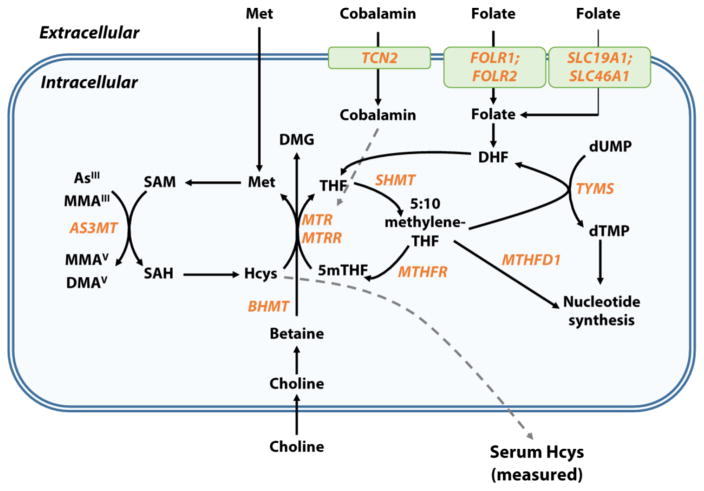Figure 1. One-carbon metabolism, arsenic methylation, and homocysteine.
Folate enters the cell through receptor-mediated (folate receptor alpha [FRα], gene FOLR1; beta [FRβ], gene FOLR2; or gamma [FRγ]) or carrier-mediated (solute carrier family 19, member 1 [SLC19A1]) transport mechanisms. Folic acid is reduced to dihydrofolate (DHF) and tetrahydrofolate (THF). Serine hydroxymethyltransferase (SHMT) catalyzes the conversion of serine and THF to 5:10 methylene-THF, which can be used for nucleotide synthesis via methylenetetrahydrofolate dehydrogenase 1 (MTHFD) or thymidylate synthetase (TYMS). Alternatively, 5:10 methylene-THF can be converted to 5-methyl THF (5mTHF) by methylene tetrahydrofolate reductase (MTHFR). The methyl group from 5mTHF is transferred to Hcys via methionine synthetase (MTR), a cobalamin-dependent enzyme, which generates methionine (Met) and THF. Betaine can also serve as the methyl donor for the remethylation of Hcys to Met in a reaction catalyzed by betaine-homocysteine S-methyltransferase (BHMT). Met is activated to form S-adenosylmethionine (SAM), the methyl donor for the methylation of InAs and MMA, yielding MMA and DMA, respectively, and S-adenosylhomocysteine (SAH). SAH is hydrolyzed to regenerate Hcys, which can be remethylated to Met or directed toward the transsulfuration pathway by cystathionine-β-synthase (CBS). Excess intracellular Hcys can be exported extracellularly. Genes with SNPs examined in the current study are displayed in orange.

